There are few things scarier than a literal deer in the headlights moment when you’re driving on Scotland’s roads.
In recent years, population levels of the country’s deer have been on the rise.
The range in which they roam has also been expanding.
This, coupled with more and more people driving, is bringing them into frequent and violent contact with our roads network.
Peak periods for collisions between deer and vehicles are May and June, and so Nature Scot has released new figures revealing the extent of the problem to try and encourage drivers to pay attention and avoid a crash.
Read on and find out how many incidents there have been across four key parts of Scotland’s trunk road network, and what steps you can take to reduce the chances of an incident when driving on Scotland’s roads.
More than 9,000 deer crashes across Scotland’s trunk road network since 2008
Nature Scot breaks down its deer crash data into four key regions of Scotland’s trunk road network.
-
- North-east, which covers Fife and Grampian
- North-west, which covers the Highlands and Argyll
- South-east, which covers Edinburgh and the Borders
- South-west, which covers Glasgow, Dumfries and Galloway
This graph shows how many reports of deer vehicle collisions there were on the trunk road network, broken down by the four regions outlined above:
In total, there were more than 9,000 incidents involving deer reported between 2008 and 2021.
Why are deer coming into contact so much with people (and their vehicles)?
Dominic Sargent is an officer with Nature Scot’s country-wide Deer Policy team.
He and his handful of colleagues are tasked with assessing how bad the problem is with deer crashes on Scotland’s roads, and how best to reduce them.
“It is fair to say the number of deer across the four species we have in Scotland have been increasing in recent decades,” said Dominic.
“The distribution has certainly been expanding as well, if you go back and compare with the early 20th century, there has been an expansion and growth in numbers.
“Particularly with the likes of roe deer, we are seeing increasing numbers of deer venturing more into urban or semi-urban environments, and that’s partly driven by things like habitat improvement — increased amount of tree cover in particular.”
Dominic said that at the same time, the number of people on Scotland’s roads has been on the rise too.
“So there’s a few factors at play which are resulting in potentially greater likelihood of people coming into contact with deer, or vice-versa.”
What’s being done to cut down on deer crashes in Scotland?
Dominic added that part of the efforts at this time of year to cut down on crashes is using variable electronic signs to tell drivers to cut their speed and keep vigilant for deer jumping out onto roads.
These signs are being used in areas where there are particularly high concerns, including around Aberdeen and Inverness.
Nature Scot is currently carrying out work on determining some of the common factors between crashes, in order to see where potential infrastructure changes could be focused.
“What we’re potentially seeing is a relationship between some of the high-risk areas being associated with junctions and slip roads in particular,” said Dominic.
He said on these sections of road, drivers can have restricted lines of sight, increasing the chances of hitting a deer.
Dominic said it would be good to get a better understanding of “exactly why and how deer are using some of the woodlands and areas adjacent to roads”, and that perhaps restricting access to these sections of woodland could help.
As well as restricting, another method could be introducing trees and plants that don’t taste as good.
“We could in some way be reducing the appeal of woodlands with new plantings, perhaps using less palatable species for deer”, he said.
What should I do to avoid hitting a deer?
Dominic said at this time of year especially, drivers should “be aware and be vigilant” of deer.
The worst time of day for deer on the roads is around the early morning, and to a lesser extent dusk — but they can really pop up up at any time and so it’s best to always be wary.
Be wary near any woodland areas in particular, and keep an eye out for warning signage.
Dominic said: “The main thing is awareness.
“If people are aware, then they can bring the speed down, and be ready to stop.
“There’s every possibility that when you see a deer, like sheep, it will step into the road rather than step off from it.
“There will be situations where you do come around the corner and there’s a beast on the road, and it might be that an emergency stop is what you need to do.
“One thing we’d also say to folks is try to avoid swerving, because that could land you in bigger trouble, so it’s better to bring the speed down and try to keep in a safe line.
“From a wider road safety perspective, we are told through the Highway Code to always be able to stop within the distance you can see to be clear.
What should you do if you hit a deer?
“If people do have a collision with a deer,” said Dominic, “then they should be mindful of their own safety.
“If they have to stop then do it somewhere safe, put the hazard lights on.
“We don’t recommend approaching deer too closely.
“If a deer is badly injured or has been killed and is in the carriageway or is causing some sort of obstruction, we would recommend calling the police.
“Call 999 if it’s an emergency, but if it seems less important, then 101.
“If there’s a deer lying on the carriageway, you need to get it reported so it can be dealt with.”
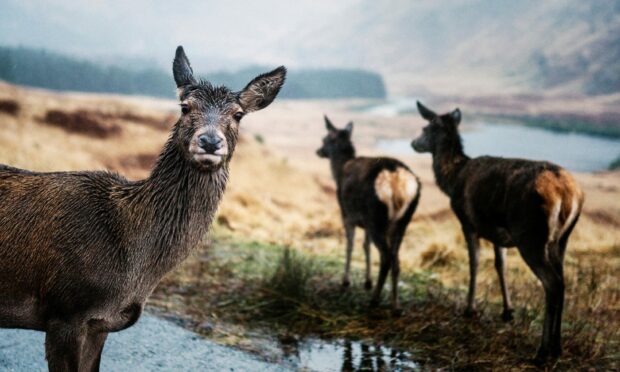
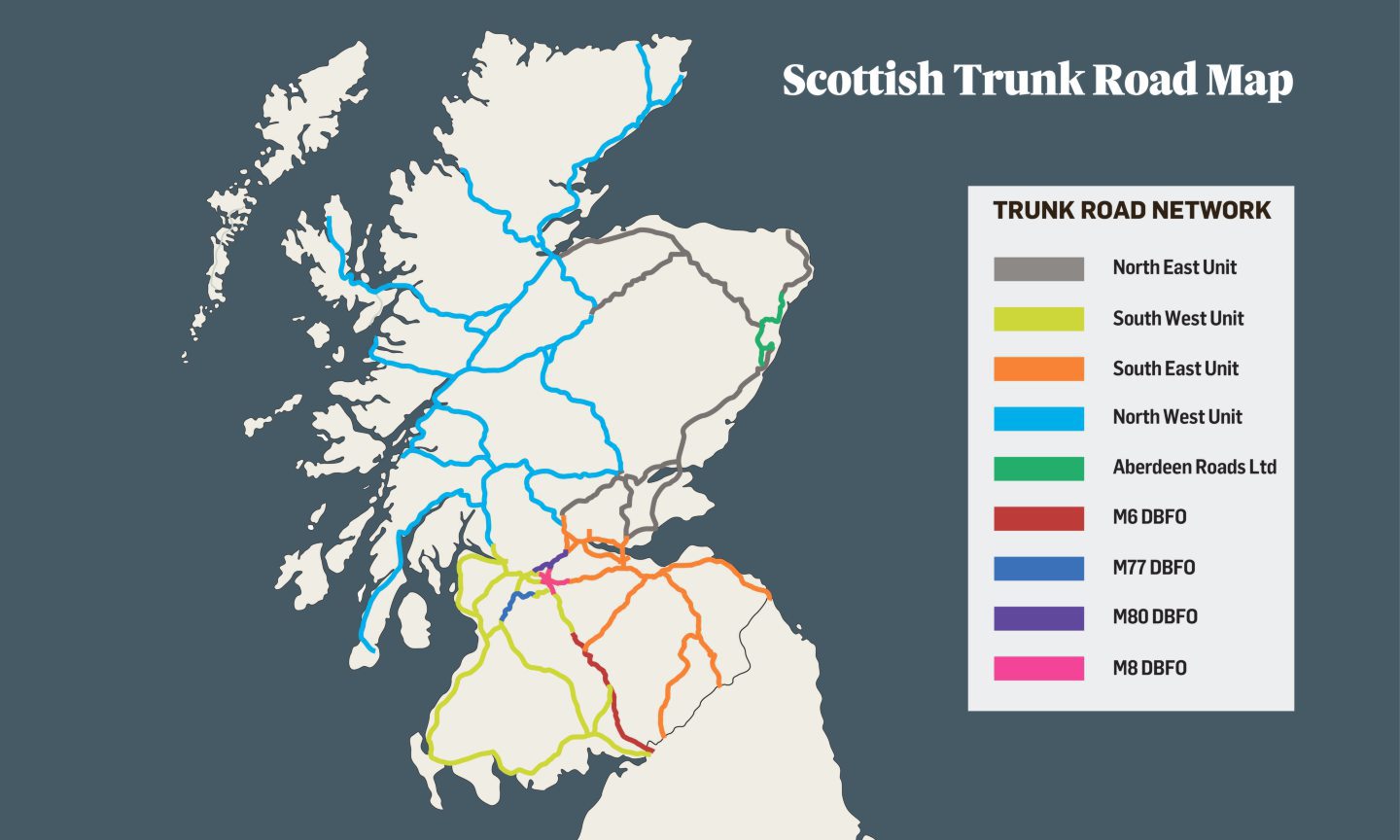
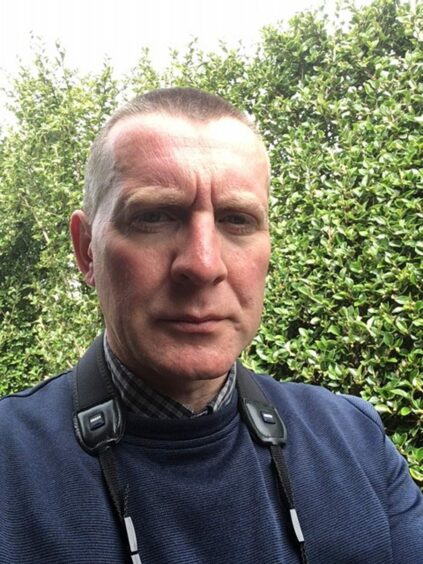
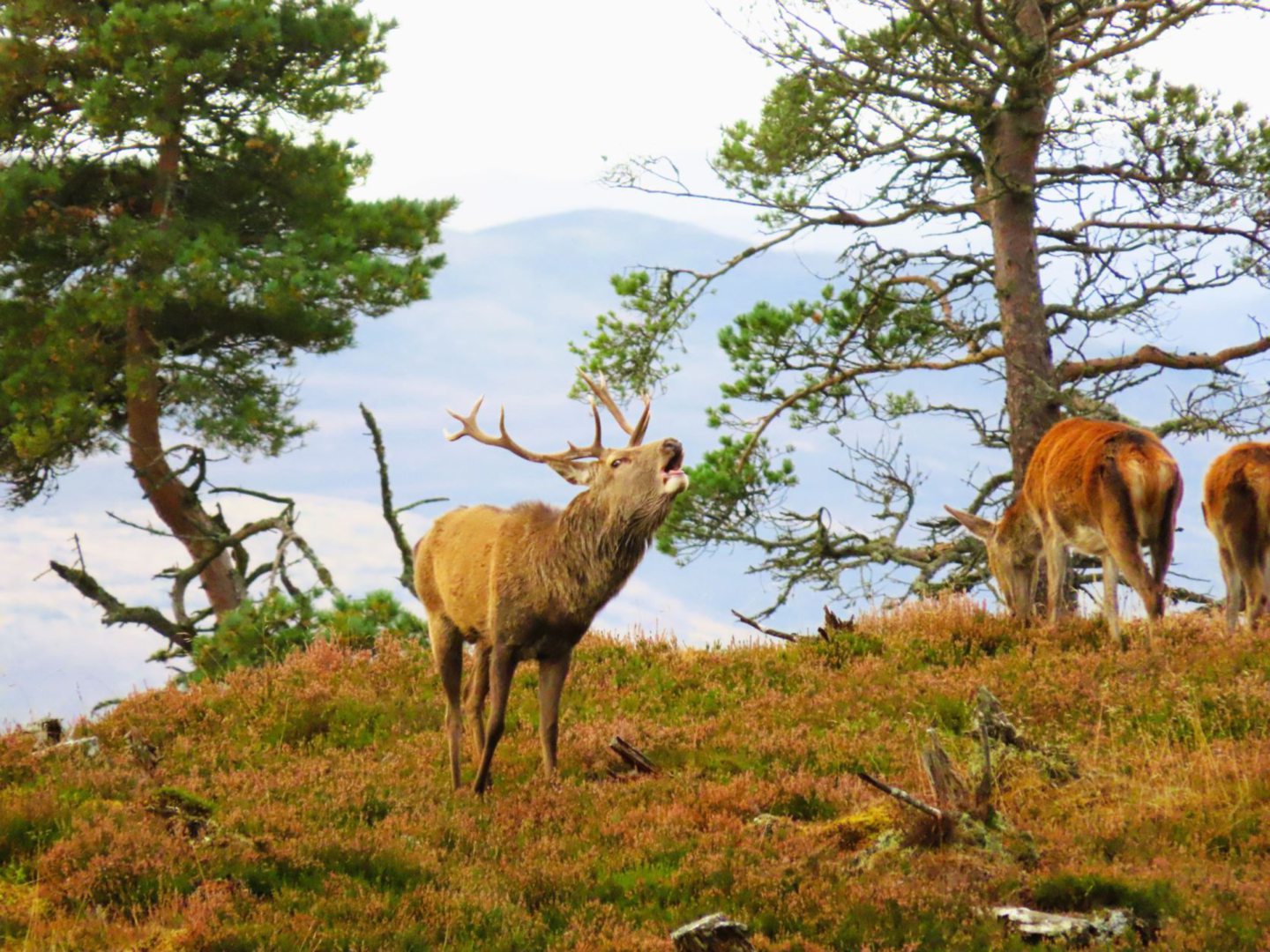
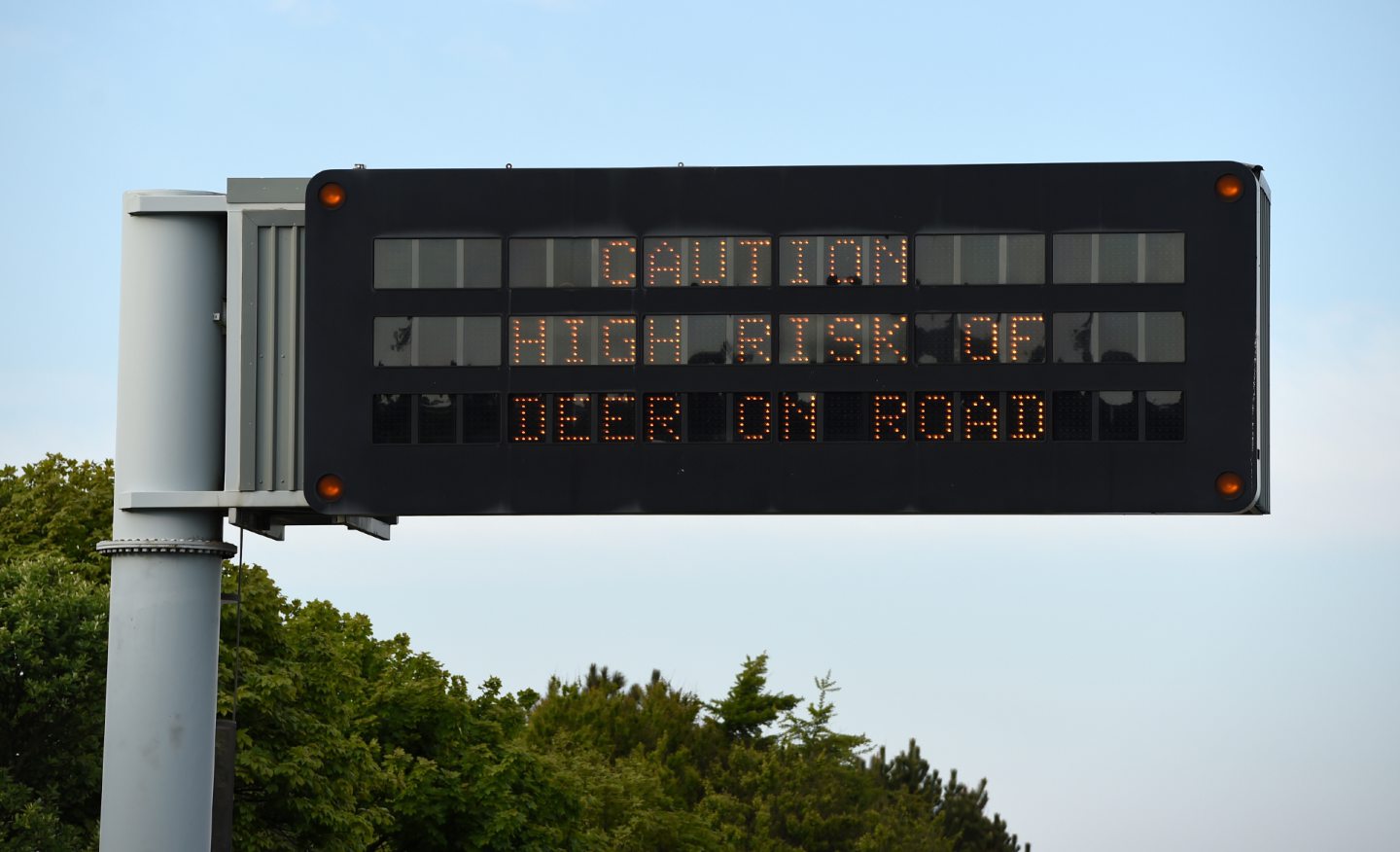
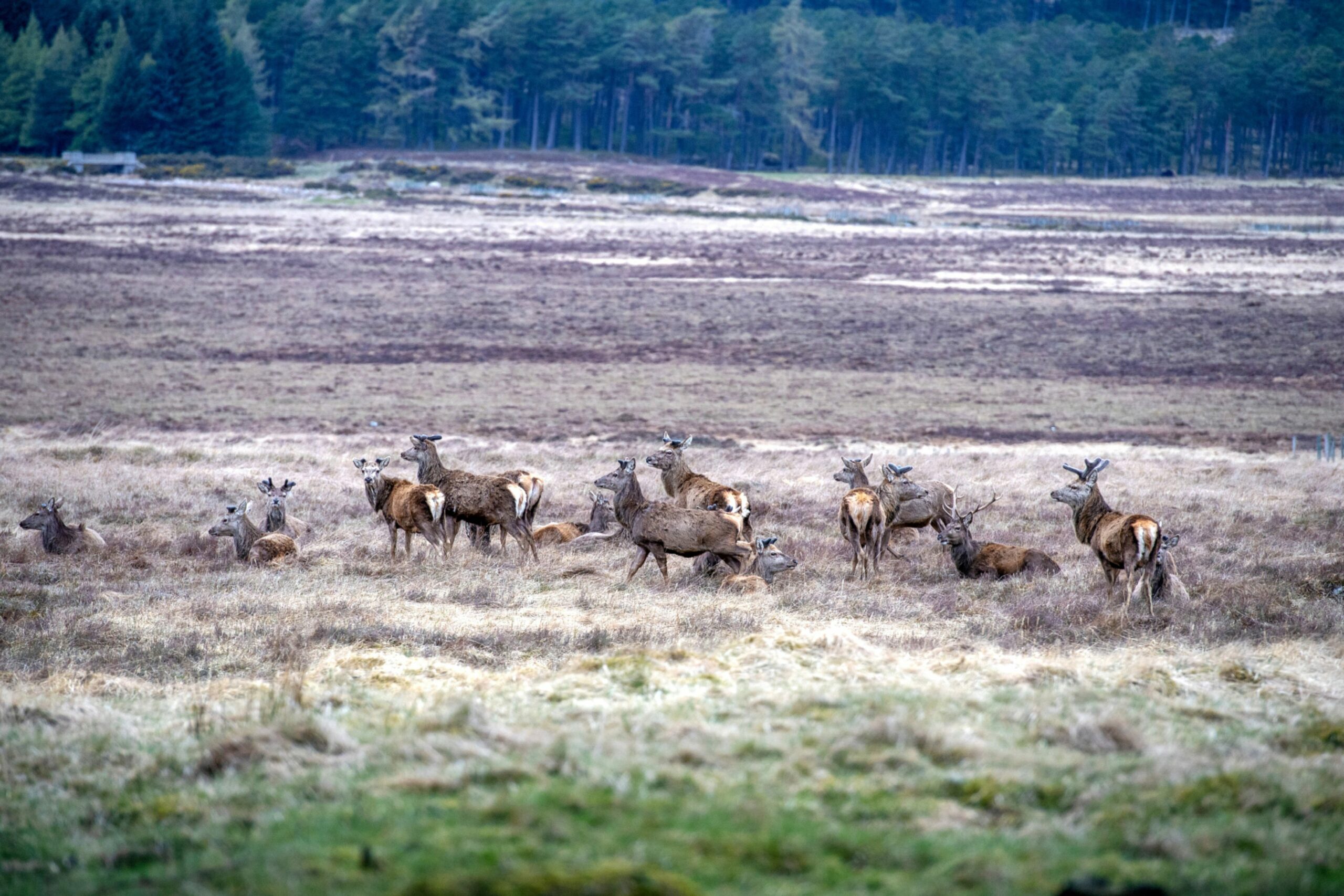
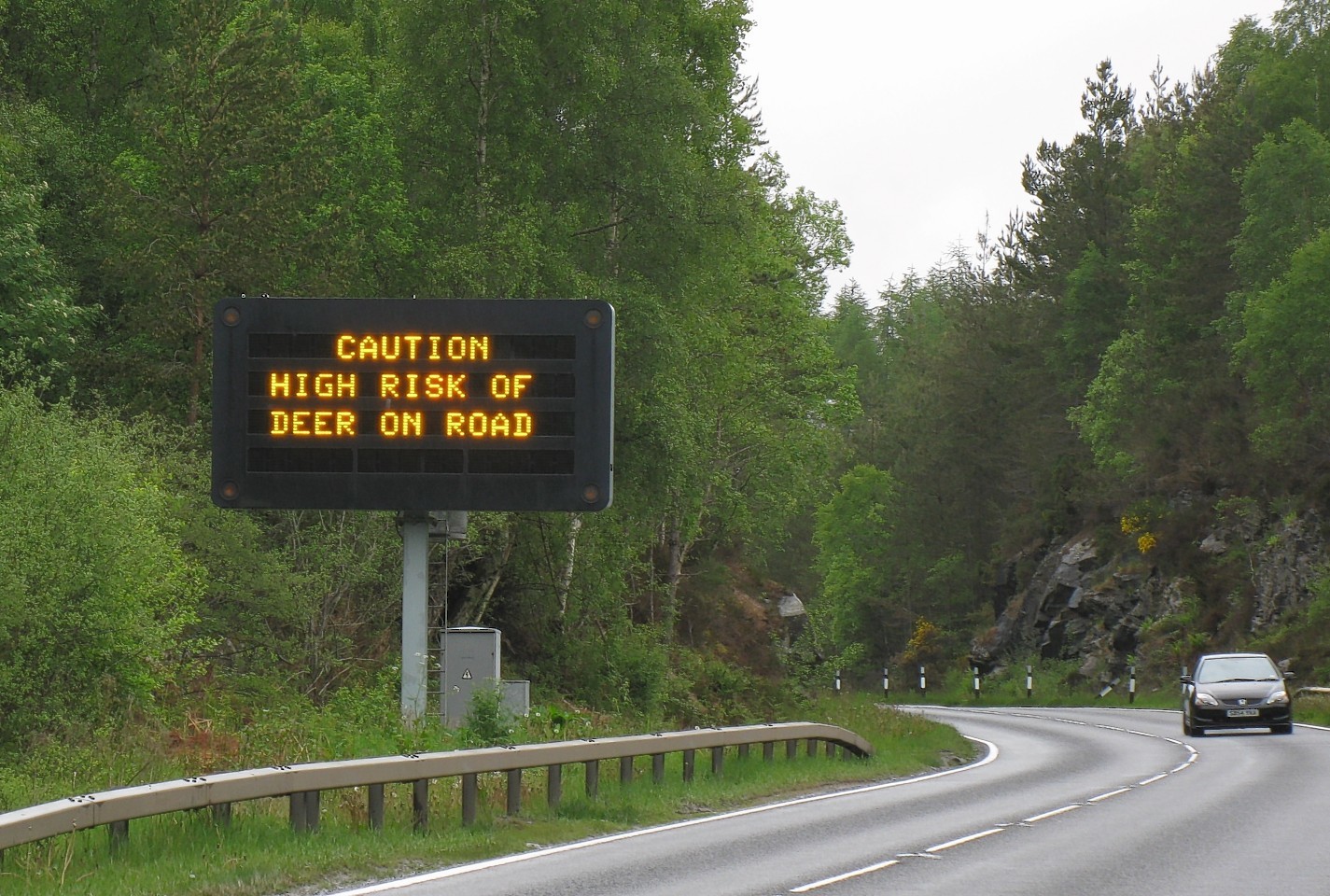
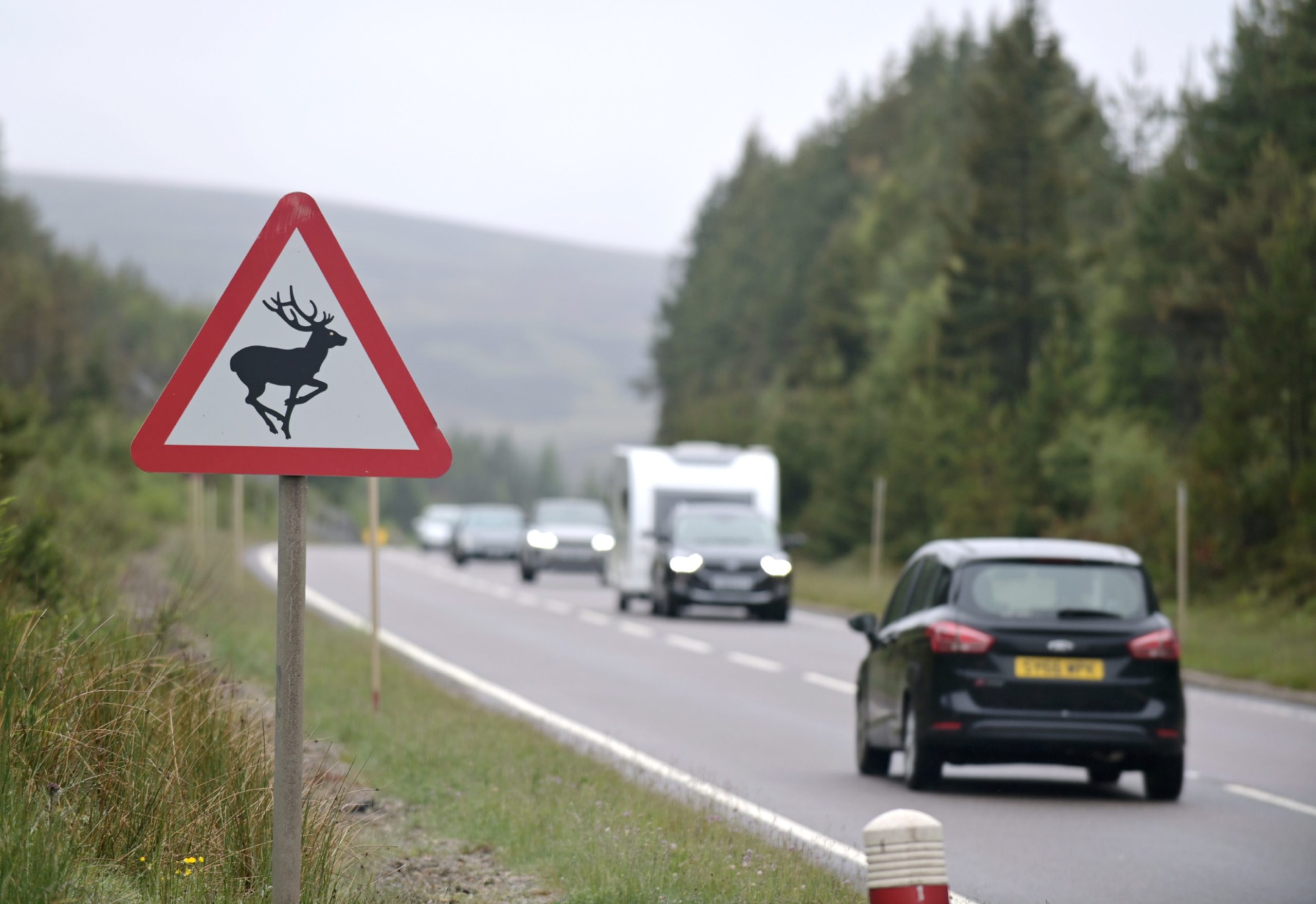
Conversation